MUM-T's The Word: Airbus Demonstrates Manned-Unmanned Teaming Capabilities
)
Airbus Helicopters and other industry partners have been demonstrating the capabilities of Manned-UnManned Teaming (MUM-T) via a European Union (E.U.) programme.
Between September 30 and October 9 multiple manned helicopters and Uncrewed Aerial Systems (UAS) have been flying a series of missions connected by a single MUM-T network.
Airbus used its H130 FlightLab as a manned platform and the VSR700 UAS for the demonstrations, some of which were staged from a French Ministry of Defence (DGA) test range in Marignane near Marseille on France's south coast. Some tests involved different aircraft flying simultaneously in France and in Italy.
As per this week's Airbus press statement, one mission showcased the potential anti-piracy capabilities of teamed UAS and manned helicopters. A patrolling UAS conducting surveillance spotted suspicious activity on a boat, then the manned helicopter joined the drone and took over full control of it in preparation for an intervention.
The tests were designed to demonstrate how manned rotary assets and drones from different companies and different countries, operating at distance, could be integrated in a single MUM-T system. The missions involved direct communication of UAS data to both ground stations and manned helicopters, and the control and monitoring of the UAS from helicopters.
The three-year €13.7 million MUSHER E.U. programme began in December 2021 under the auspices of the European Defence Industrial Development Programme (EDIDP). It has been seeking to develop a generic European MUM-T system that can operate in both civilian and military capacities.
As well as Airbus, other industry partners include Thales AVS France, Indra Systems, Leonardo, Space Applications Services, and French Aerospace Laboratory ONERA.
During the demonstrations Leonardo deployed a helicopter and an optionally piloted vehicle; MUSHER coordinator Thales provided a supervision station and mission-debriefing facilities; Space Applications Services ran the mission preparation station; Indra led simulations ahead of the demonstration; and ONERA provided studies on crew workload.
"Operating helicopters and unmanned aerial systems in concert provides valuable additional mission capabilities such as increased situational awareness with UAS sharing video in real time for improved decision-making, all while preserving critical assets and resources," said Bruno Even, CEO of Airbus Helicopters. "The success of the MUSHER demonstration is a major step forward," he added.
